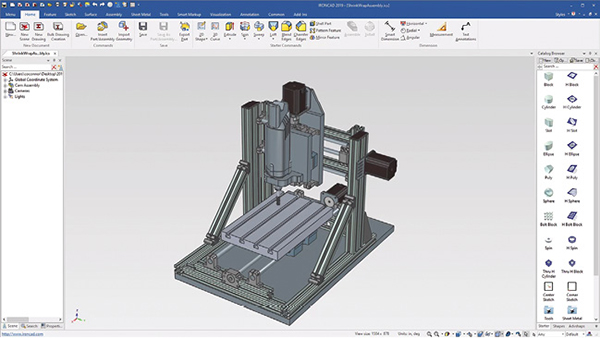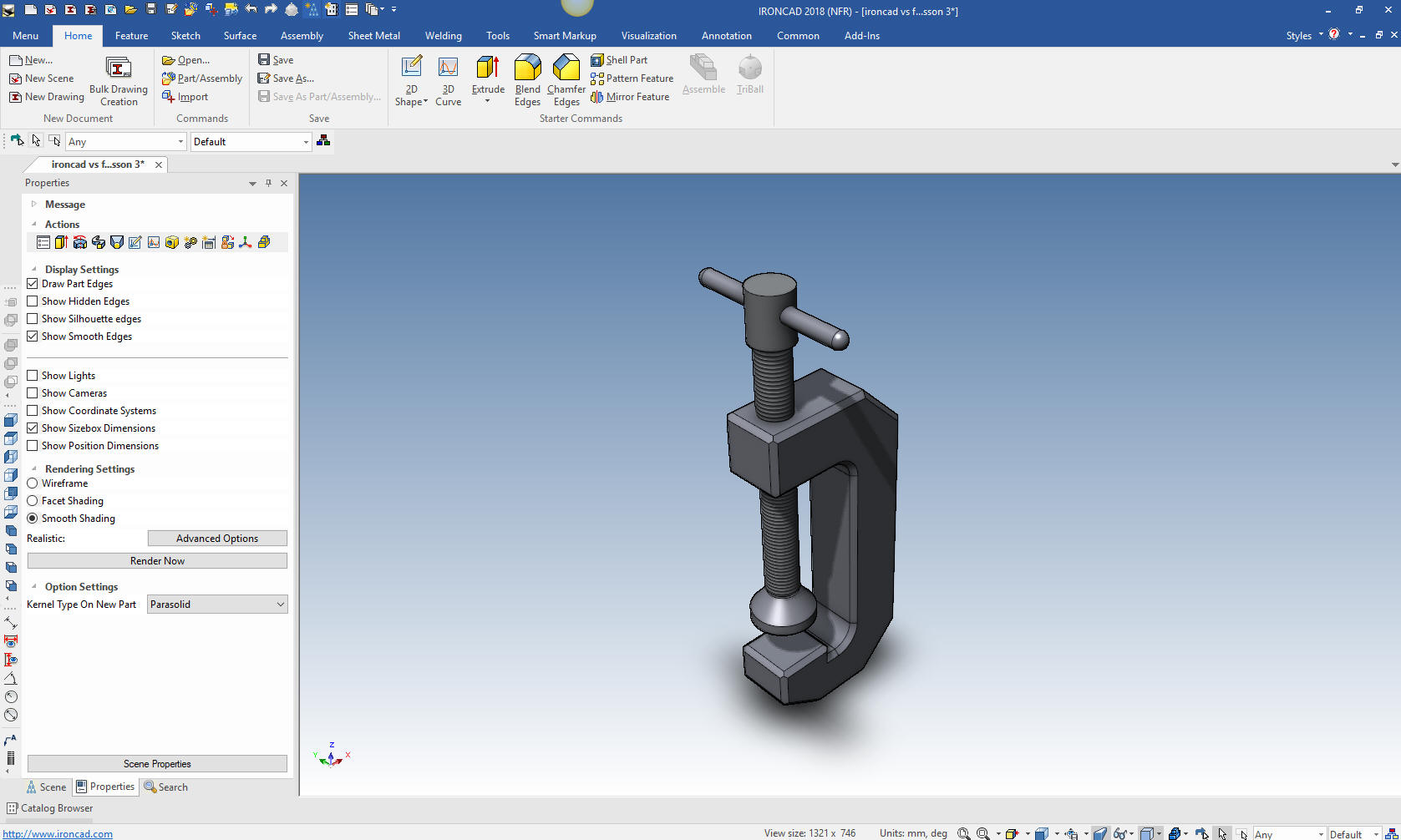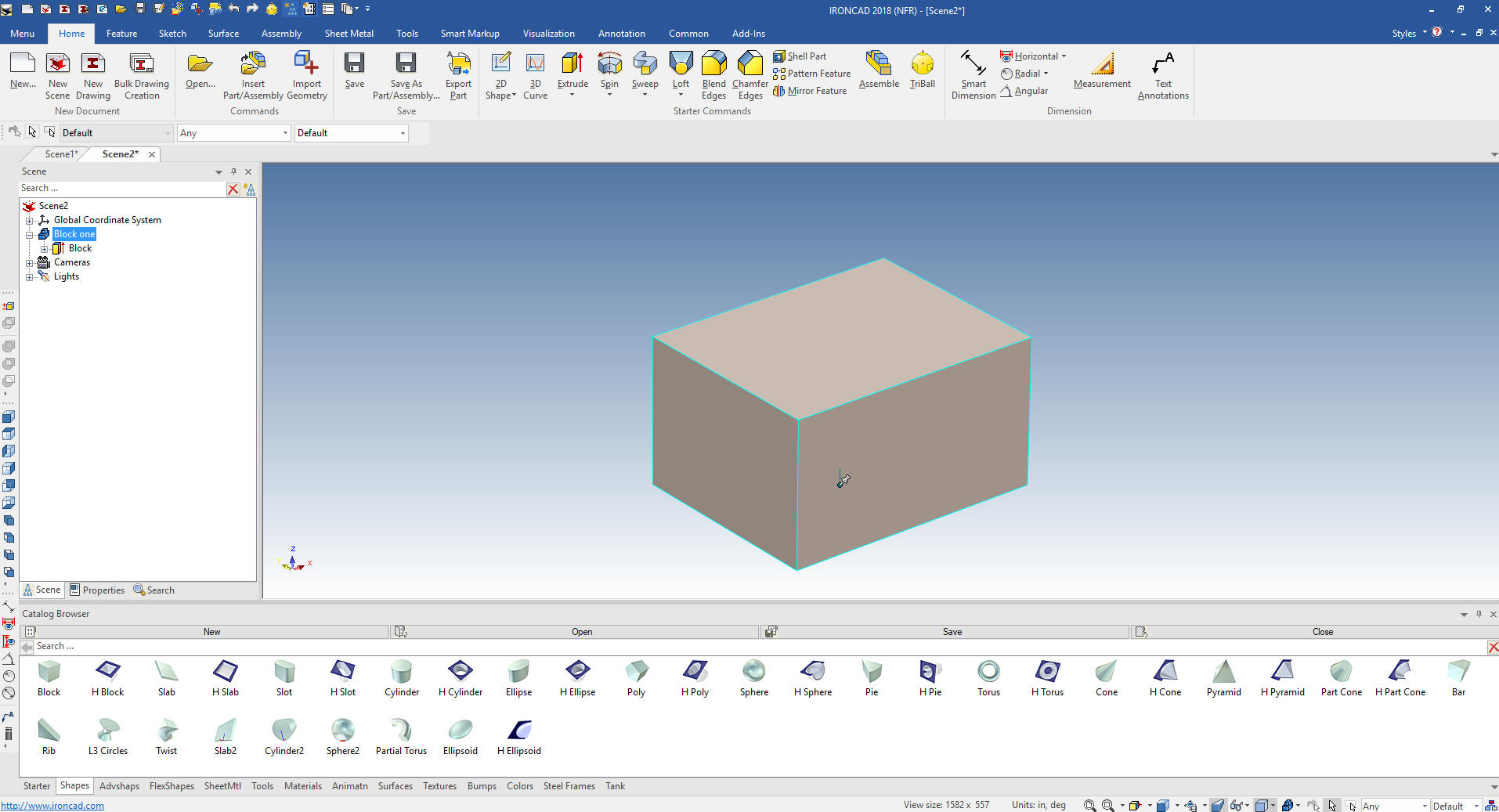
Click on the Data tab at the bottom, and change values for Length, Width and Height to 50mm, 50 and 750 (see Fig.Change its dimensions by selecting it either in the 3D space, or by clicking it in the Project tab to the left, then.Click on the Box button to create a box.If you haven't opened a new FreeCAD document (most of the FreeCAD window looks greyed-out), from the pull-down menu click File → New or click the Create a new empty document icon.So let's start by trying to do some iron feet for a table with these 2 methods.ġst Method - By Constructive Solid Geometry You start by drawing a 2D profile which you'll either extrude or revolve. These tools are also in the Part Workbench. You can also apply transformations on shapes, like applying rounds or chamfers on edges. These tools are part of the Part Workbench. You work with primitive shapes like cubes, cylinders, spheres and cones to construct your geometry by combining them, subtracting one shape from the other, or intersecting them. There is also a detailed explanation (in the context of FreeCAD) of Constructive_solid_geometry on the wiki. The first (and basic) technique of solid modeling is Constructive Solid Geometry (CSG). Save your work often, from time to time save your work under a different name, so you have a "safe" copy to fall back to, and be prepared to the possibility that some commands might not give you the expected results. Don't hesitate to allow 2 or 3 backup files until you know well how to deal with FreeCAD.

The number of those backup files can be specified in the preferences dialog.

FreeCAD now has the ability to save backup files.

Keep in mind that FreeCAD is still in an early stage of development, so you might not be as productive as with another CAD application, and you will certainly encounter bugs, or experience crashes. One thing to know is that FreeCAD is modular by design, and like for many other CAD software, there are always more than one way to do things. This Basic Modeling Tutorial will show you how to model an iron angle.


 0 kommentar(er)
0 kommentar(er)
